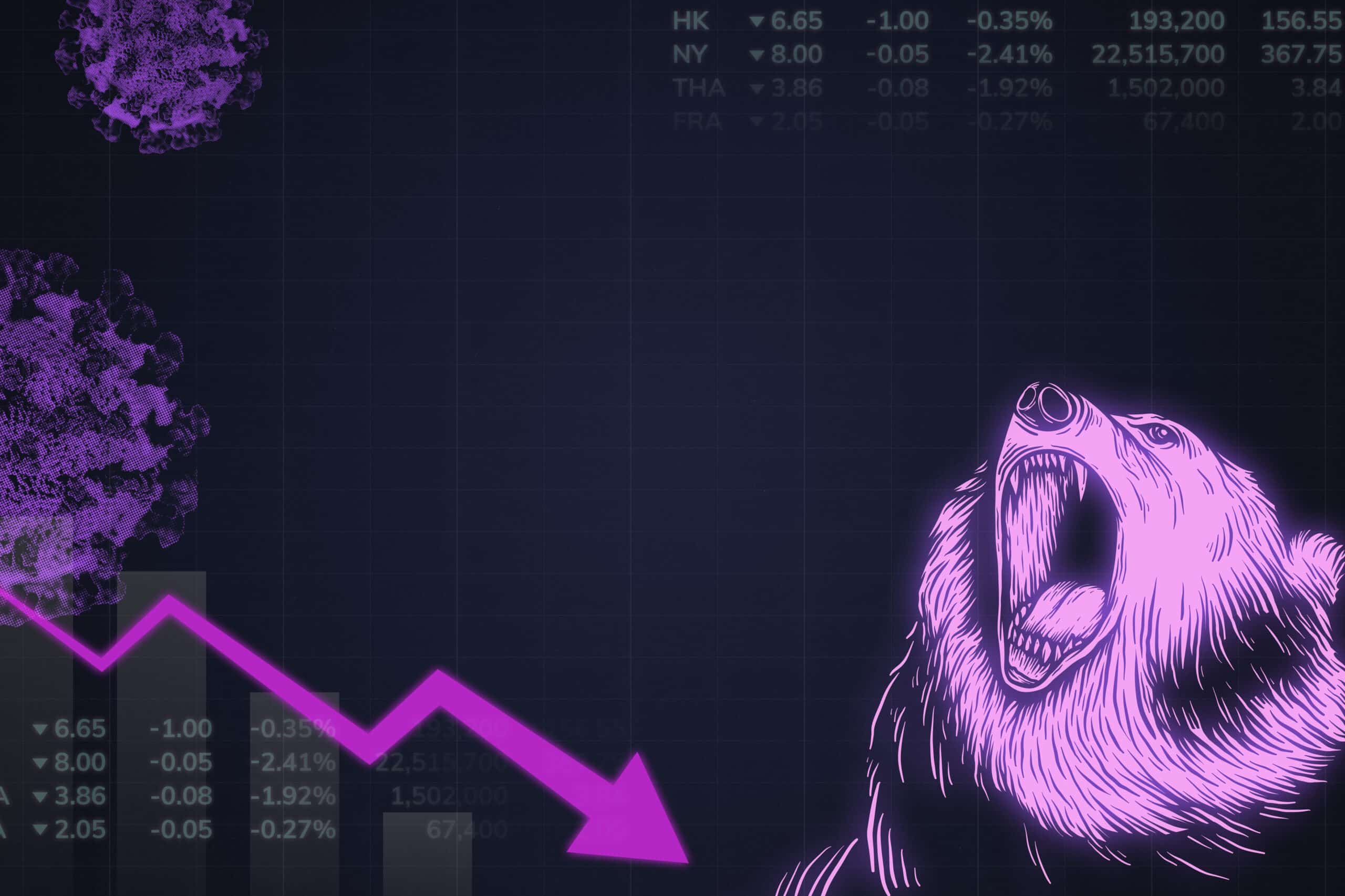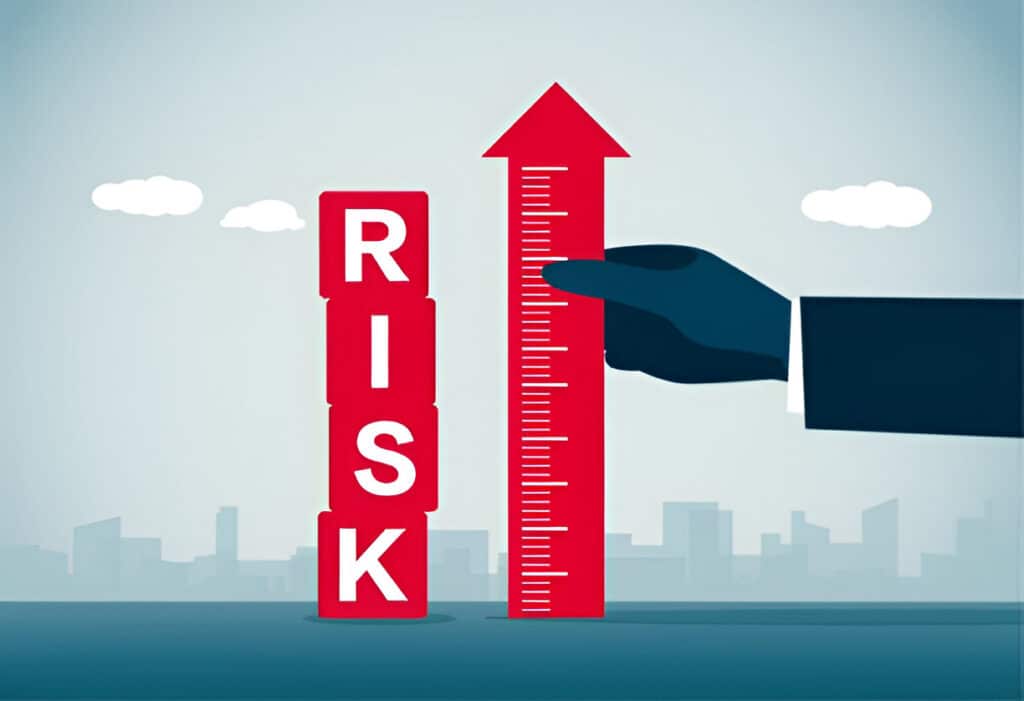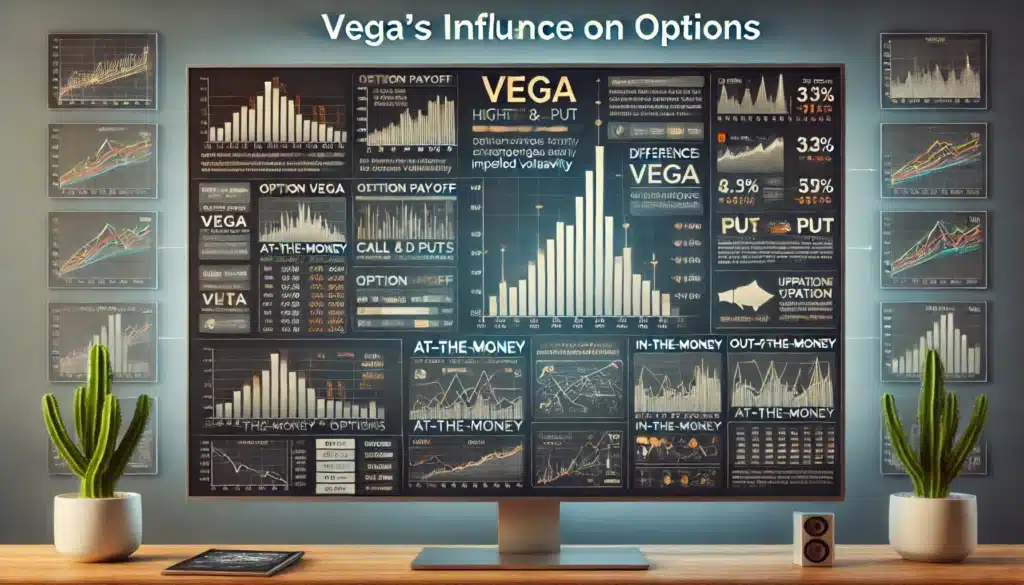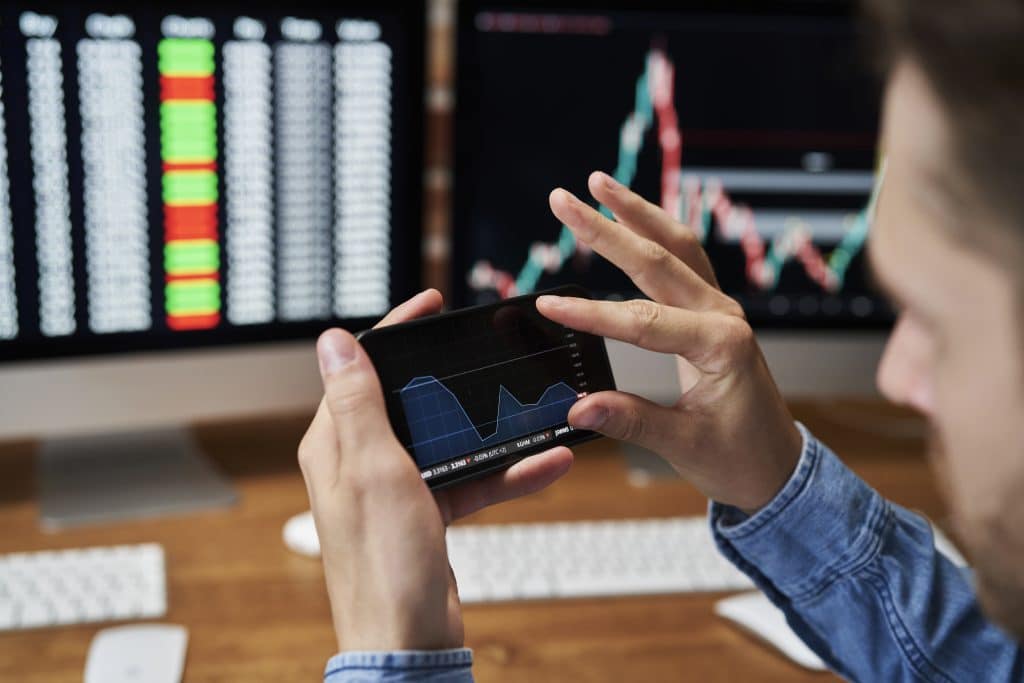Understanding VIX
Understanding VIX
A Comprehensive Guide for Traders

Introduction to VIX: The Pulse of Market Sentiment
The Volatility Index, commonly known as VIX, is a crucial tool in the modern trader’s arsenal. Often referred to as the “fear gauge” of the stock market, VIX provides invaluable insights into market sentiment and expected volatility. This comprehensive guide will delve into the intricacies of VIX, exploring its significance, applications, and impact on trading strategies.
The Genesis of VIX: A Brief History
How VIX Came to Be
The Chicago Board Options Exchange (CBOE) introduced VIX in 1993, revolutionizing how traders perceive and measure market volatility. Initially based on S&P 100 options, VIX has evolved to reflect the implied volatility of S&P 500 index options, providing a broader market perspective.
Evolution of VIX Over Time
Since its inception, VIX has undergone significant changes. In 2003, CBOE updated the VIX calculation methodology, enhancing its accuracy and relevance. This evolution has solidified VIX’s position as the go-to indicator for market volatility expectations.
Decoding VIX: What the Numbers Mean
Understanding VIX Readings
VIX is measured on a scale that typically ranges from 0 to 100, though it rarely reaches these extremes. A VIX reading:
- Below 20 generally indicates a period of market stability and low anxiety
- Between 20 and 30 suggests moderate volatility
- Above 30 signals high volatility and potentially significant market stress
VIX and Market Correlation
One of the most critical aspects of understanding VIX is its inverse relationship with the stock market. Typically, when the S&P 500 falls, VIX rises, and vice versa. This correlation makes VIX an essential tool for gauging market sentiment and potential turning points.
VIX as a Trading Tool: Strategies and Applications
Using VIX for Market Timing
Traders often use VIX to time market entries and exits. A rising VIX might signal a good time to hedge or reduce long positions, while a falling VIX could indicate an opportunity to increase market exposure.
VIX-Based Trading Products
The financial industry has developed various products based on VIX, including:
- VIX futures
- VIX options
- VIX ETFs and ETNs
These instruments allow traders to speculate on volatility directly or hedge their portfolios against market turbulence.
Incorporating VIX in Options Strategies
Options traders find VIX particularly useful. High VIX levels often coincide with higher options premiums, influencing strategies like covered calls, straddles, and strangles.
VIX and Risk Management: Balancing the Scales
VIX as a Risk Indicator
VIX serves as an excellent barometer for market risk. Sudden spikes in VIX can alert traders to potential market downturns, allowing them to adjust their risk exposure accordingly.
Portfolio Hedging with VIX
Many institutional investors use VIX-based products to hedge their portfolios. A small allocation to VIX futures or options can provide a cushion against unexpected market volatility.
Technical Analysis of VIX: Patterns and Indicators
Reading VIX Charts
Technical analysts often apply traditional chart patterns to VIX, such as:
- Support and resistance levels
- Trendlines
- Moving averages
These patterns can provide insights into potential market direction and sentiment shifts.
VIX Indicators and Oscillators
Several technical indicators have been developed specifically for VIX analysis:
- VIX Percentile Rank
- VIX Term Structure
- VIX/VXV Ratio
These tools help traders gauge the current volatility environment relative to historical norms.
VIX During Market Crises: Lessons from History
VIX in the 2008 Financial Crisis
During the 2008 financial crisis, VIX reached an all-time high of 89.53. This extreme reading reflected the unprecedented levels of fear and uncertainty in the market.
COVID-19 Pandemic and VIX
The COVID-19 pandemic in 2020 saw VIX spike to 82.69, the highest level since 2008. This surge demonstrated VIX’s continued relevance in capturing market stress during global crises.
Global Impact: VIX and International Markets
VIX Influence on Global Indices
While VIX is based on U.S. market options, its influence extends globally. Many international markets have developed their own volatility indices, often correlated with VIX.
Cross-Asset Correlations with VIX
VIX doesn’t just impact equities. It shows significant correlations with other asset classes, including:
Understanding these relationships can provide a more comprehensive view of global market dynamics.
The Psychology Behind VIX: Fear, Greed, and Market Behavior
VIX as a Sentiment Indicator
VIX is often viewed as a measure of investor fear. However, it’s more accurate to describe it as a gauge of market uncertainty, reflecting both fear and potential opportunity.
Contrarian Use of VIX
Some traders use extreme VIX readings as contrarian indicators. Very high VIX levels might signal a market bottom, while very low levels could indicate complacency and potential market tops.
Advanced VIX Concepts: For the Seasoned Trader
VIX Futures Term Structure
The relationship between VIX futures of different expirations, known as the term structure, provides insights into market expectations of future volatility.
VIX Options Strategies
Advanced traders employ complex options strategies using VIX options, such as:
These strategies allow for nuanced positions on volatility expectations.
VIX Criticisms and Limitations
Critiques of VIX
Despite its popularity, VIX has its critics. Some argue that:
- It can be manipulated
- It doesn’t always accurately predict market turns
- It’s based on expectations, not actual volatility
Alternatives to VIX
Several alternatives to VIX exist, including:
- Realized volatility measures
- CVIX (Currency Volatility Index)
- MOVE Index (for bond market volatility)
The Future of VIX in Trading
Technological Advancements and VIX
As algorithmic and high-frequency trading evolve, so too does the use of VIX. Machine learning algorithms increasingly incorporate VIX data for predictive modeling.
Regulatory Considerations
The growing importance of VIX in the financial markets has attracted regulatory attention. Future regulations may impact how VIX is calculated or traded.
Integrating VIX into Your Trading Strategy
Steps for Incorporating VIX
- Understand your risk tolerance
- Determine how VIX fits into your overall strategy
- Start with simple VIX-based indicators
- Gradually explore more complex VIX products
- Continuously educate yourself on VIX developments
Balancing VIX with Other Indicators
While powerful, VIX should not be used in isolation. Combine VIX analysis with other technical and fundamental indicators for a well-rounded approach.
Conclusion: Mastering VIX for Trading Success
Understanding VIX is essential for any serious trader in today’s market. From its role as a sentiment indicator to its use in sophisticated trading strategies, VIX offers invaluable insights into market dynamics. By mastering the concepts outlined in this guide, traders can enhance their market analysis, improve risk management, and potentially identify profitable opportunities in both calm and volatile markets.
Remember, like any trading tool, VIX is most effective when used as part of a comprehensive trading strategy. Continuous learning and adaptation are key to successfully navigating the ever-changing landscape of market volatility.
Frequently Asked Questions About VIX
- What exactly is the VIX Index? The VIX Index measures the stock market’s expectation of volatility based on S&P 500 index options.
- How can traders use VIX in their strategies? Traders often use VIX for market prediction, risk management, and as a hedge against market downturns.
- Does a high VIX value always indicate a market decline? While a high VIX often suggests market fear, it’s not a definitive predictor of market direction.
- Can VIX be used as a standalone trading tool? VIX is valuable but most effective when used in conjunction with other market analysis tools.
- Are there any risks involved in trading VIX? Like all trading instruments, VIX trading involves risks, particularly due to its focus on market volatility.
- How has VIX evolved over the years? VIX has evolved from a simple volatility gauge to include futures and options, offering broader applications in trading.
- Is VIX relevant for long-term investors? While primarily used by short-term traders, long-term investors can use VIX to gauge overall market sentiment and potential entry or exit points.
Check out our articles on:
- Introduction to Options Trading
- Mastering Butterfly Spreads
- The Power of Diagonal Spreads
- The Power of Iron Condors
- The Power of Vertical Credit Spreads
Elevate Your Options Trading Skills
Ready to master trading options? Join our community for in-depth education on options trading, live trading sessions, and expert analysis of options trading strategies. Sign up today to start profiting from market swings using advanced options trading strategies!
Below are the links:
To your success,

Billy Ribeiro is a renowned name in the world of financial trading, particularly for his exceptional skills in options day trading and swing trading. His unique ability to interpret price action has catapulted him to global fame, earning him the recognition of being one of the finest price action readers worldwide. His deep comprehension of the nuances of the market, coupled with his unparalleled trading acumen, are widely regarded as second to none.
Connect with us:






